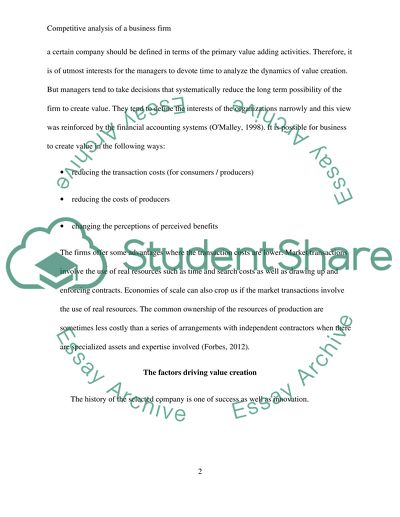Cite this document
(“Competitive analysis of a business firm Assignment”, n.d.)
Competitive analysis of a business firm Assignment. Retrieved from https://studentshare.org/macro-microeconomics/1401097-competitive-analysis-of-a-business-firm
Competitive analysis of a business firm Assignment. Retrieved from https://studentshare.org/macro-microeconomics/1401097-competitive-analysis-of-a-business-firm
(Competitive Analysis of a Business Firm Assignment)
Competitive Analysis of a Business Firm Assignment. https://studentshare.org/macro-microeconomics/1401097-competitive-analysis-of-a-business-firm.
Competitive Analysis of a Business Firm Assignment. https://studentshare.org/macro-microeconomics/1401097-competitive-analysis-of-a-business-firm.
“Competitive Analysis of a Business Firm Assignment”, n.d. https://studentshare.org/macro-microeconomics/1401097-competitive-analysis-of-a-business-firm.


